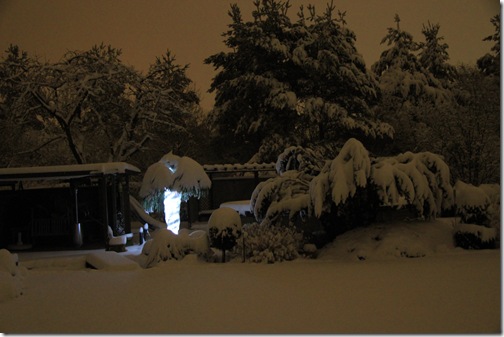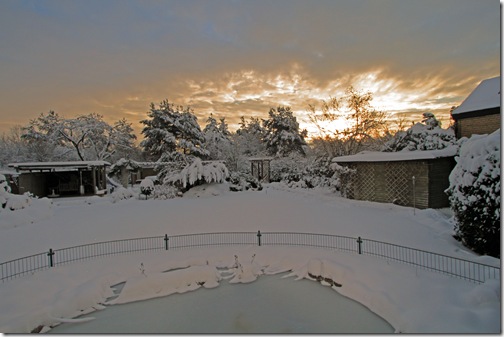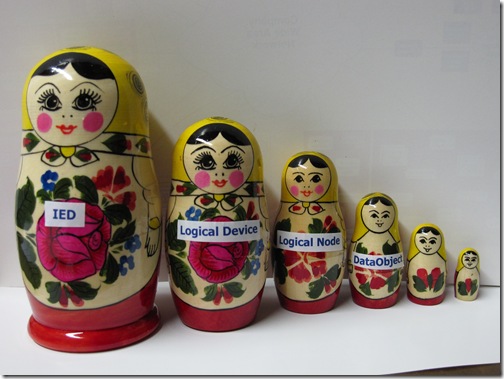The recently published IEC white paper :
Coping with the Energy Challenge
The IEC’s role from 2010 to 2030
Smart electrification – The key to energy efficiency
discusses the need of standards! No surprise, or?
Click HERE to download the white paper [pdf, 1,9 MB]
The paper concludes on page 51:
"The standards should cover connection (especially of fluctuating sources), stability, “intelligence” (required functions of the IT applications controlling the grid), and minimum systemic efficiency as well as how to measure it. Aspects to deal with include balancing demand and generation, power quality, harmonic current emissions, voltage flicker, voltage fluctuation and islanding prevention. The standards should allow for the necessary differences in approach and choices made in different countries; thus some of the resulting publications may be non-normative.
In order to facilitate implementation, the MSB [IEC Market Strategy Board] further recommends the IEC and cooperating organizations to organize a public symposium on what the necessary standards and other IEC publications on the “smart grid” should contain."
The paper states at very beginning:
"As the first IEC President, Lord Kelvin, always said: “If you cannot measure it, you cannot improve it!”. This statement is especially true here: without measurement you can’t credibly demonstrate energy efficiency improvements. The IEC provides and will continue to provide many of the measuring standards that are the basis for benchmarking, energy audits and compliance assessments."
The edition 2 of IEC 61850-7-4 (Information models) covers already many models of these measurements:
5.10 Logical nodes for metering and measurement LN Group: M
5.10.2 LN: Environmental information Name: MENV
5.10.3 LN: Flicker measurement name Name: MFLK
5.10.4 LN: Harmonics or interharmonics Name: MHAI
5.10.5 LN: Non-phase-related harmonics or interharmonics Name: MHAN
5.10.6 LN: Hydrological information Name: MHYD
5.10.7 LN: DC measurement Name: MMDC
5.10.8 LN: Meteorological information Name: MMET
5.10.9 LN: Metering Name: MMTN
5.10.10 LN: Metering Name: MMTR
5.10.11 LN: Non-phase-related measurement Name: MMXN
5.10.12 LN: Measurement Name: MMXU
5.10.13 LN: Sequence and imbalance Name: MSQI
5.10.14 LN: Metering statistics Name: MSTA
5.12 Logical nodes for power quality events LN Group: Q
5.12.2 LN: Frequency variation Name: QFVR
5.12.3 LN: Current transient Name: QITR
5.12.4 LN: Current unbalance variation Name: QIUB
5.12.5 LN: Voltage transient Name: QVTR
5.12.6 LN: Voltage unbalance variation Name: QVUB
5.12.7 LN: Voltage variation Name: QVVR
Click HERE for the preview of IEC 61850-7-4 (first 20 pages) to see the complete list of Logical Nodes defined.
If there is any (measurement) information found in real electrical system not yet modeled and standardized, you can define extension according to well defined extension rules in IEC 61850-7-1 (name space concept).
There is no need to define another series of (information models and information exchange) standards for electrical grids.








